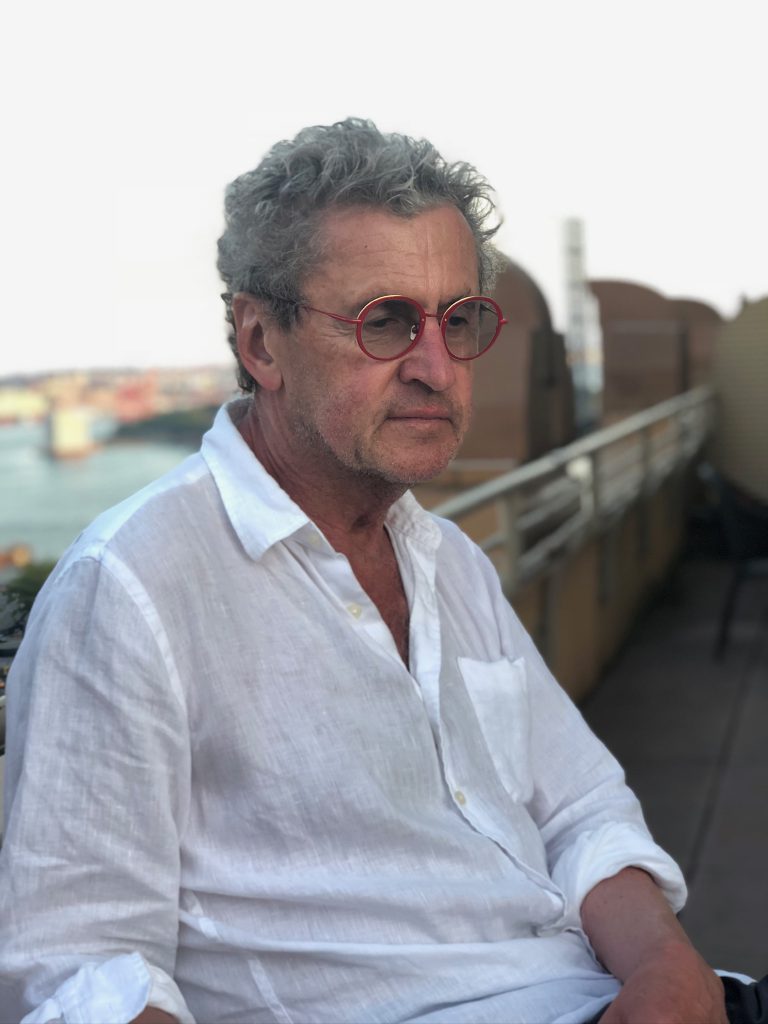
Known for abstract paintings, sculptures, and installations in encaustic, glass, marble, and experimental materials such as natural resins, Pavel Kraus died suddenly of a heart attack on April 15. He was 77. Kraus’s work and career, extending over five decades, encompassed a thorough assimilation of mid-twentieth-century Eastern European avant-garde styles, as well as the dynamics of new visual art of the US, his adopted homeland, including Minimalism, Earth Art, and installation artworks of the late 1960s. Richly diverse in its techniques, materials, and thematic concerns, Kraus’ endeavors also included collaborative theater pieces. The enigmatic works he has produced over the years reflect an esoteric examination of universal veracity in art, and what he felt to be constants in human expression that span great stretches of time and space, from prehistory and antiquity to the present.
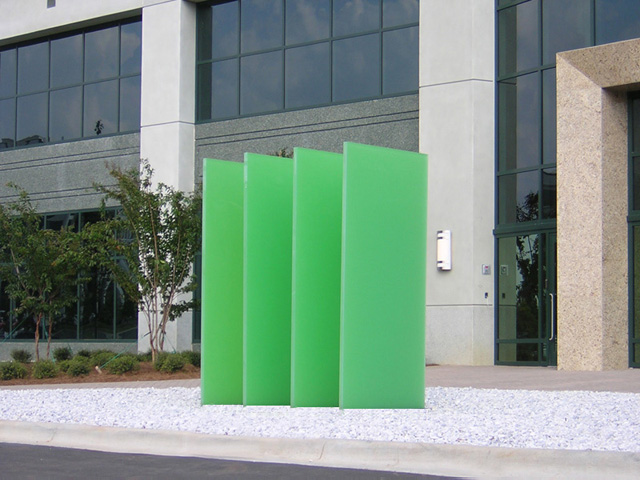
Born in 1946 and raised in Pilsen, Czechoslovakia, just as World War II ended, Kraus experienced the hardships and deprivation rife throughout Europe, especially Eastern Europe, at the time. After serving in the Soviet mandated military service, Kraus earned a degree in architecture and design at the Pilsen Institute of Technology in 1966. He emigrated to the US after the Soviet invasion of 1968, which aimed to crush the uprising known as Prague Spring. He stayed with cousins in Chicago for a short time before moving out on his own. He received an MFA from The School of The Art Institute of Chicago in 1974, and soon after met his future wife and lifelong companion, Bette Kraus.
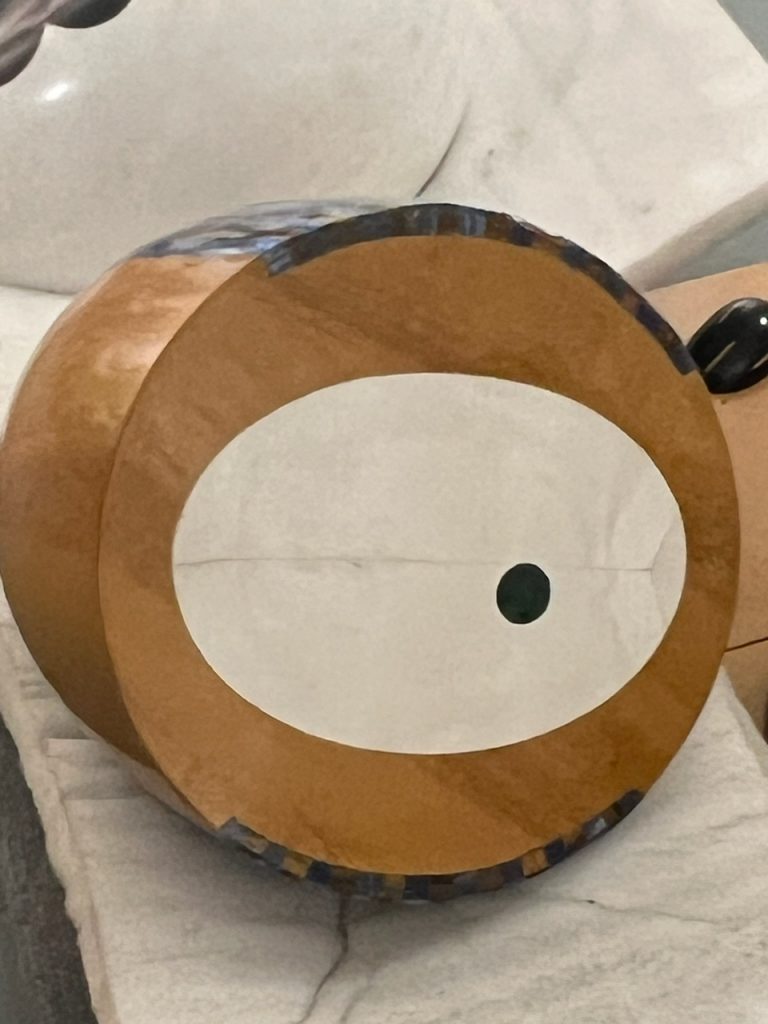
The couple relocated to the East Coast, first in Washington, DC, and then settled permanently in New York City in 1984. There, he initially held a number of one-person gallery exhibitions at Joyce Goldstein, Robert Pardo, Stephen Romano, Project: ARTSpace, Bond Gallery. Kraus also showed frequently with O.K. Harris Gallery, founded by the legendary dealer Ivan Karp, who became a friend. In the mid-1990s, Kraus established studios in Vermont, and also in Udaipur, Rajasthan, India, where he produced a series of large-scale works in marble, lapis lazuli, malachite, and other precious stones in mostly spare, highly polished egg-like shapes. He reconnected with his homeland in the 1990s, and held several major gallery and museum exhibitions there, including at the Czech Museum of Fine Arts (1995), and Konsthall Manes in Prague (1999), one of the most prestigious venues for contemporary art in the Czech Republic. In addition, he held several major museum solo shows in the US, including the Skidmore College Art Museum, Saratoga Springs, New York (1997; now the Tang Museum), and the University of Wyoming Art Museum, Laramie (2002). He was also awarded several commissions for large-scale public works beginning in the mid-1990s, including Levitation (2006), an imposing composition of four identical, towering glass rectangles installed at the Whitehall Center in Charlotte, North Carolina.
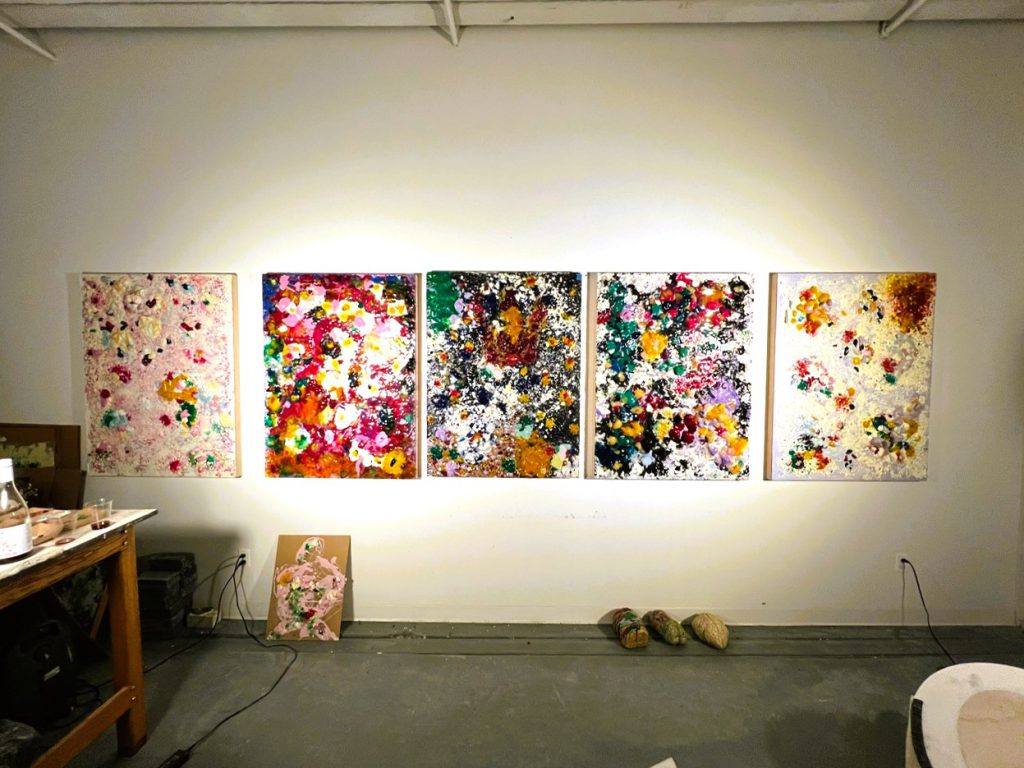
Since 2000, he has worked in his studio in Brooklyn, New York, focusing on a series of colorful encaustic paintings and abstract relief panels made of highly textured natural resins. The resins, which he fused with oil pigments and heated to a very high temperature, were applied to panels to create, along with dense impasto, jewellike, encrusted surfaces. In 2012, Kraus was the recipient of a Peter S. Reed Foundation award for sculpture. His most recent works are part of his “Baroque/Royals” series, inspired by the elaborate decoration of the Baroque churches and Habsburg dynasty palaces in Prague and elsewhere in the Czech Republic that Kraus recalled from his youth. A charismatic personality with a cutting sense of humor, in recent years Kraus kept a relatively low profile in the art world, showing his work only occasionally in the US and abroad. He was an avid reader of history and artists’ biographies, and enjoyed visiting Chelsea galleries to keep abreast of the latest trends. He is survived by his wife Bette and their beloved Maltese, Royal.
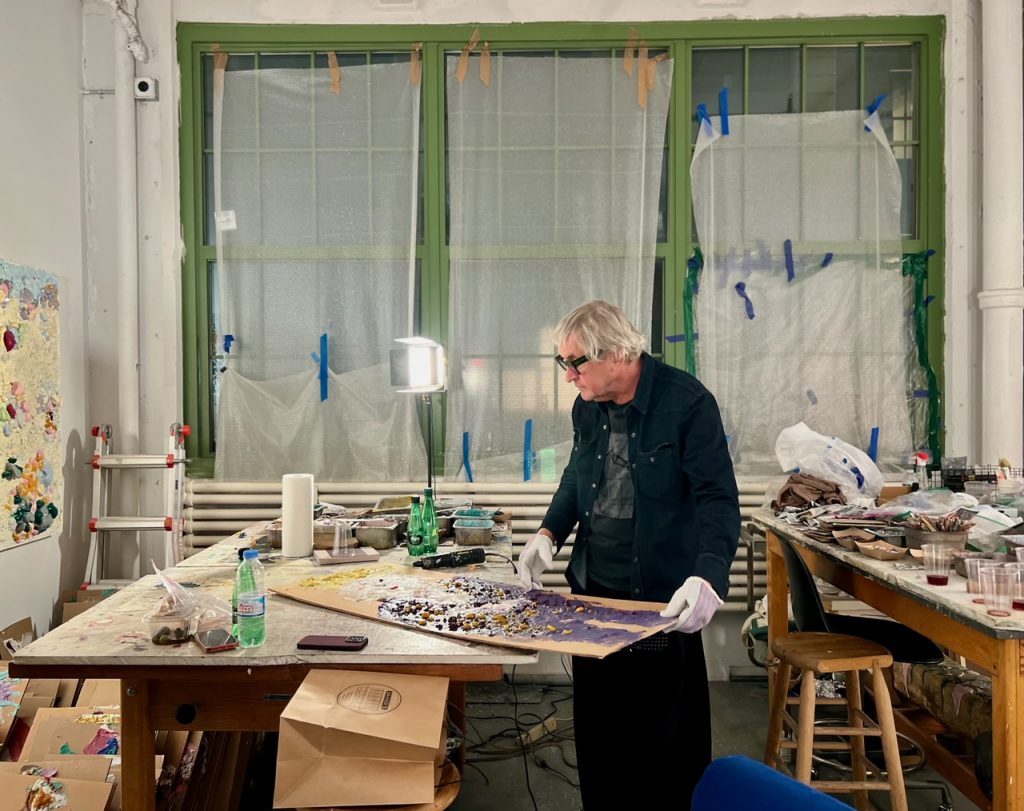
The studio of Pavel Kraus (Suite B 314 / Building 5) will be open during the Industry City Open Studios, May 18 & 19. His friends and family invite the public to the studio in remembrance of his extraordinary talent and unique personality, and to view his last works in situ.
Pavel was an inspiration to me and he will never be forgotten as long as I live!!!!
He placed his art work throughput my condo when it was completely empty, and that’s how I was able to creat an amazing decor throughout my Condominium.
He’s a master in his own right!!!!
He will be missed but never forgotten!!!🌻
Great!!! Thank you for sharing this details. If you need some information about Thai-Massage than have a look here UY4